When OLYMPUS announced the mZD 150-400 TC, there were some interesting comments in the market, generally about price, size, and other concerns. Of course, we understand that the mZD 150-400 has its decisive advantages in terms of value and hardware metrics. But we believe that we are free to talk about our own opinions, so we’ll leave it to our discretion whether it works well or not. However, the mZD 150-400 is always for professional users, for ordinary consumers, ecological photography enthusiasts for interest, the price is not affordable, while OLYMPUS has released the mZD 100-400 with slightly inferior specifications, but can also achieve the 35mm format equivalent 800mm angle of view, providing users with the cheapest choice.
After the launch of the mZD 100-400, it has been criticized for being “the same design as the Sigma’s”, “not designed specifically for 4/3 format”, “more expensive than the Panasonic’s equivalent lens (but the Panasonic’s official price is much higher)” …… Indeed, in recent years, the Sigma’s have been quite active in the optical design of the M4/3. Although they have not released a dedicated M4/3 lens, they have delivered several excellent and popular dedicated optic designs, so the mZD 100-400 has inevitably fallen short of this time. However, the same manufacturer released APS-C and M4/3 versions of the product, and many consumers praised, whether it is a special design sometimes may not be so important.
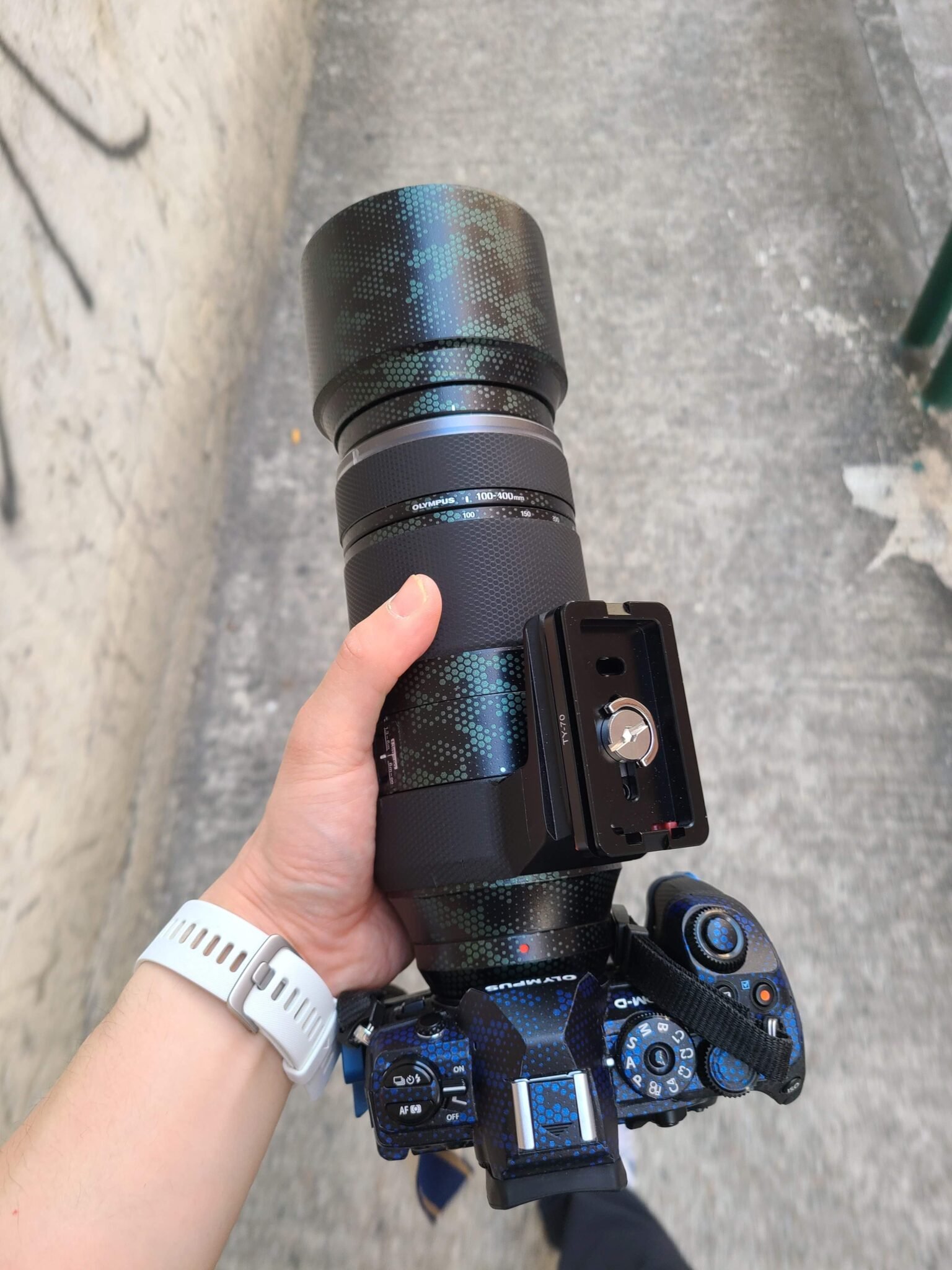
Photography amateurs always keen on looking at the best equipment. I am just an amateur photographer too and of course, I also want to feel the most powerful 150-400mm. However, I am not a rich guy and after shooting for many years I know that what are my favorite shooting subjects – In bird photography, I am just a newbie. I trust that choosing the right equipment is a kind of wisdom.
In my knowledge, a narrow-angle of view like 400mm (35mm equivalent 800mm) is more suitable for photographing aquatic birds, because they are often quite distant, and even a larger Little Egret may only be a tiny bit bigger on the screen.
-

Pied Avocet -

Little Egret -

Green-winged Teal
In the 4/3 era, the ZD 50-200mm f/2.8-3.5 is that almost every OLYMPUS user must-have, with a high price-performance ratio and hard image quality, which is the essence of the 4/3 system. Forest birds are small and lively, I think it is more important to focus on the response of the shooter and the skill of approaching the target, and the relatively large aperture of the 50-200 also makes up for the lack of light in the forest shade. On the contrary, when shooting forest birds with the mZD 100-400, the aperture is indeed a bit smaller, and the little birds often need a faster shutter speed to freeze the action. The ISO sensitivity often needs to be raised to 1,600 or more even when there is sufficient light. However, the new generation of M4/3 cameras can push.
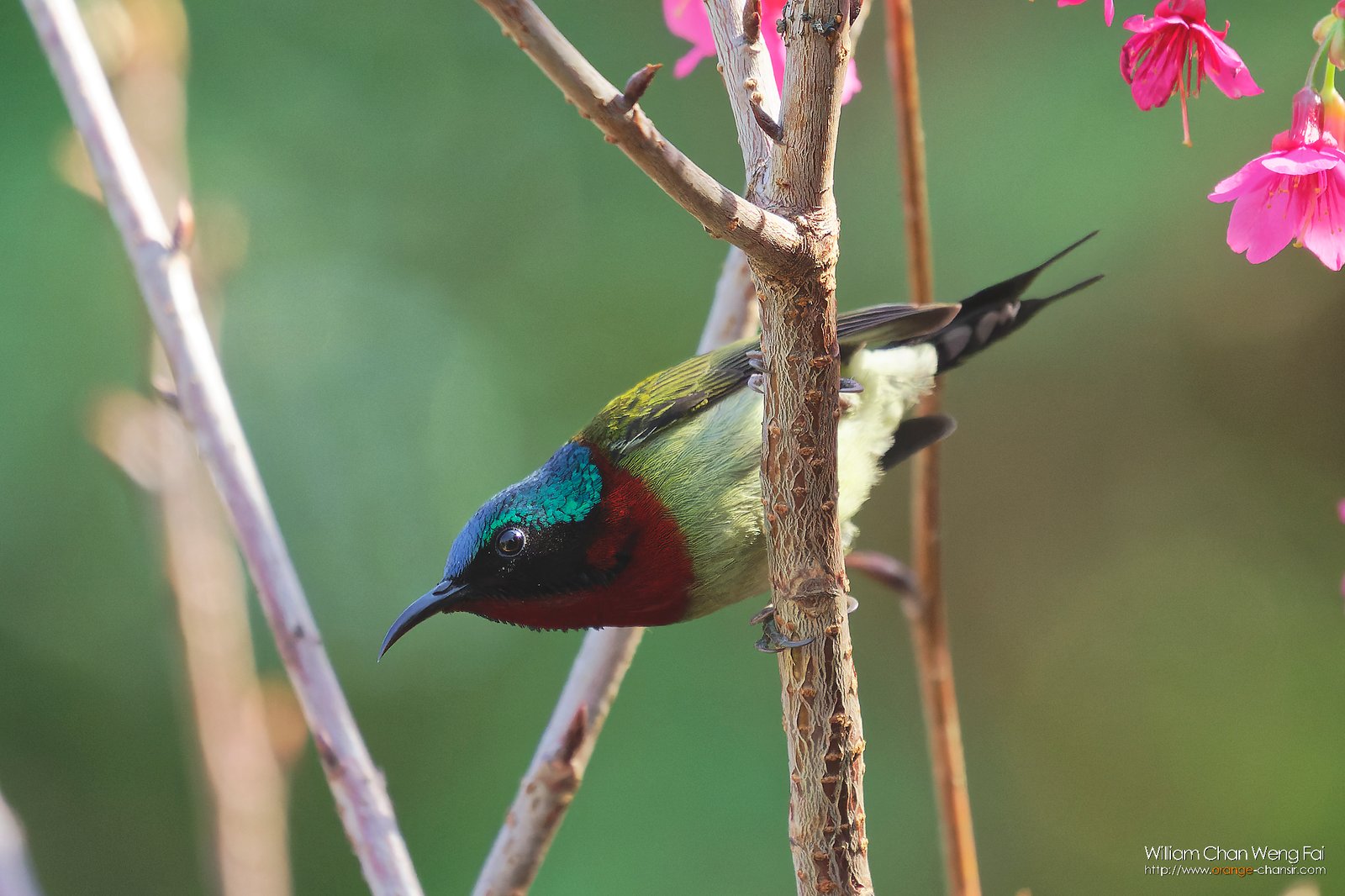

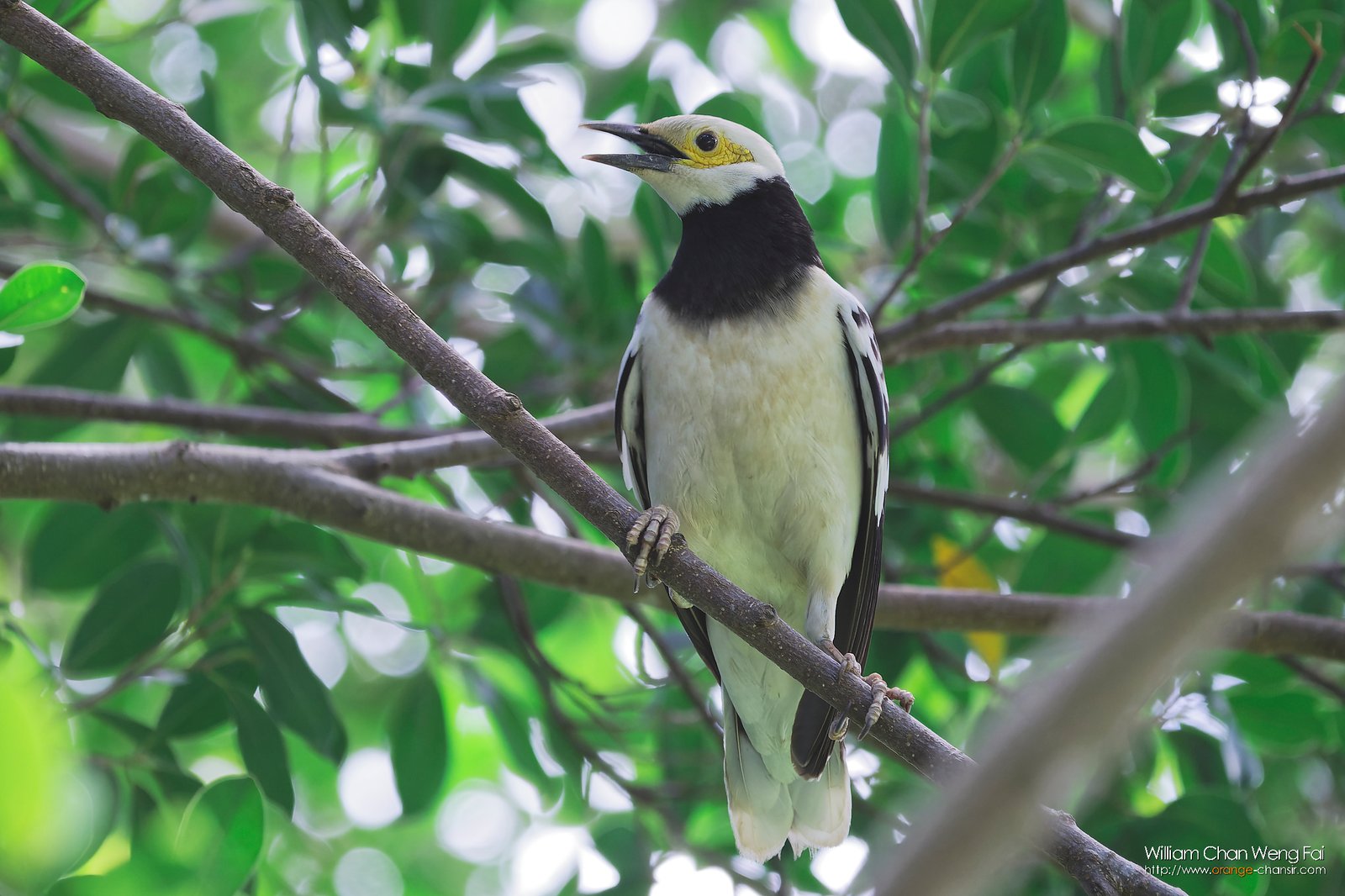
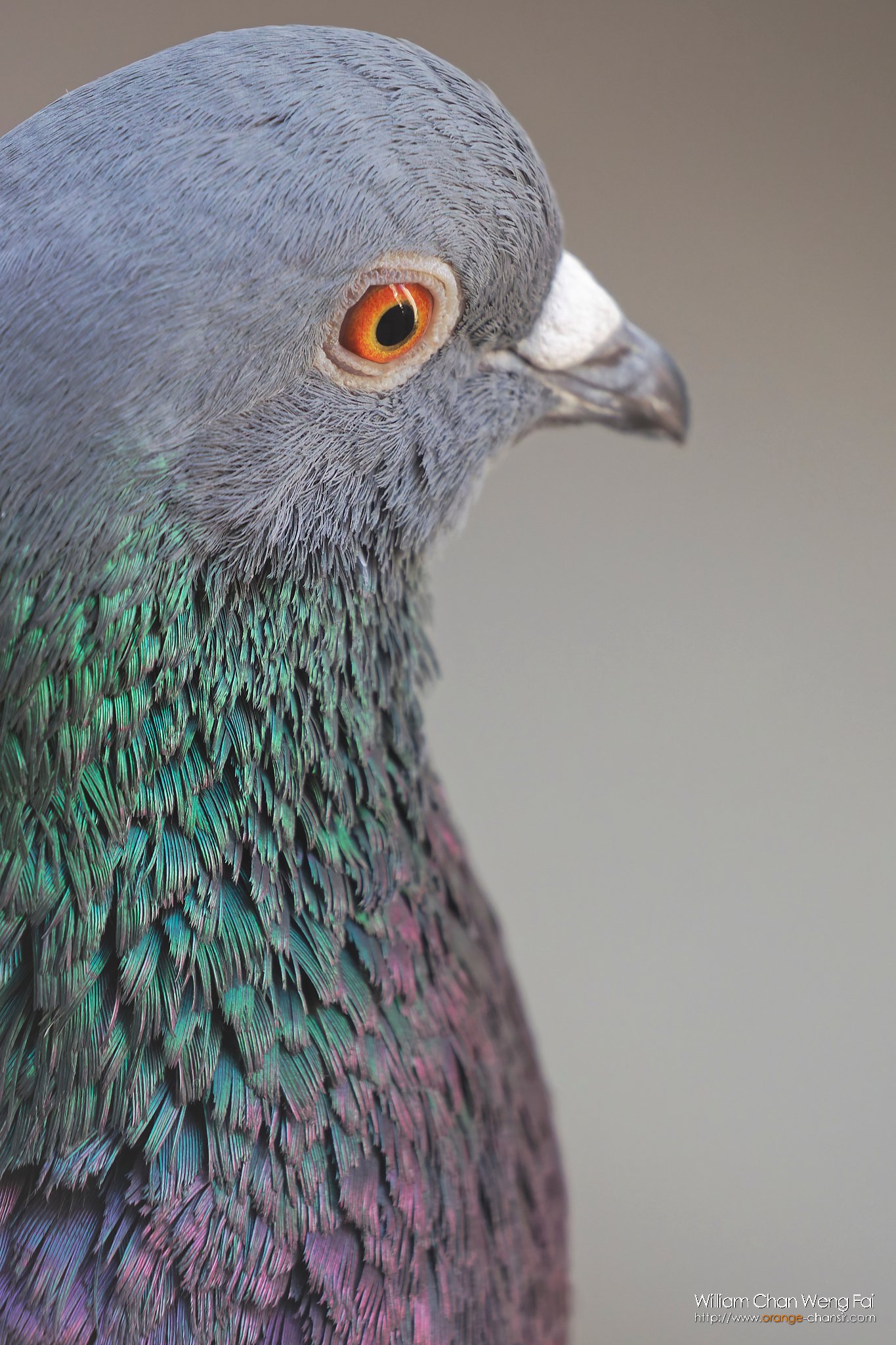
As a lens designed for a larger format, it must have a certain level of resolution when used on a relatively high-density smaller format because of the pixel density. OLYMPUS’ current high-end lens, the PRO series, has the highest resolution in the product line. So, is the non-PRO mZD 100-400 up to the task? In my own opinion, there is still a long way to go with PRO lenses, but I am still able to get the details of the feather of the birds with it.
Recently, many amateurs love to view their photo with magnified to 200%, or even 400% to review the details. I doubt are we looking at the true details while magnification over 100% is something “calculated” by the algorithm.
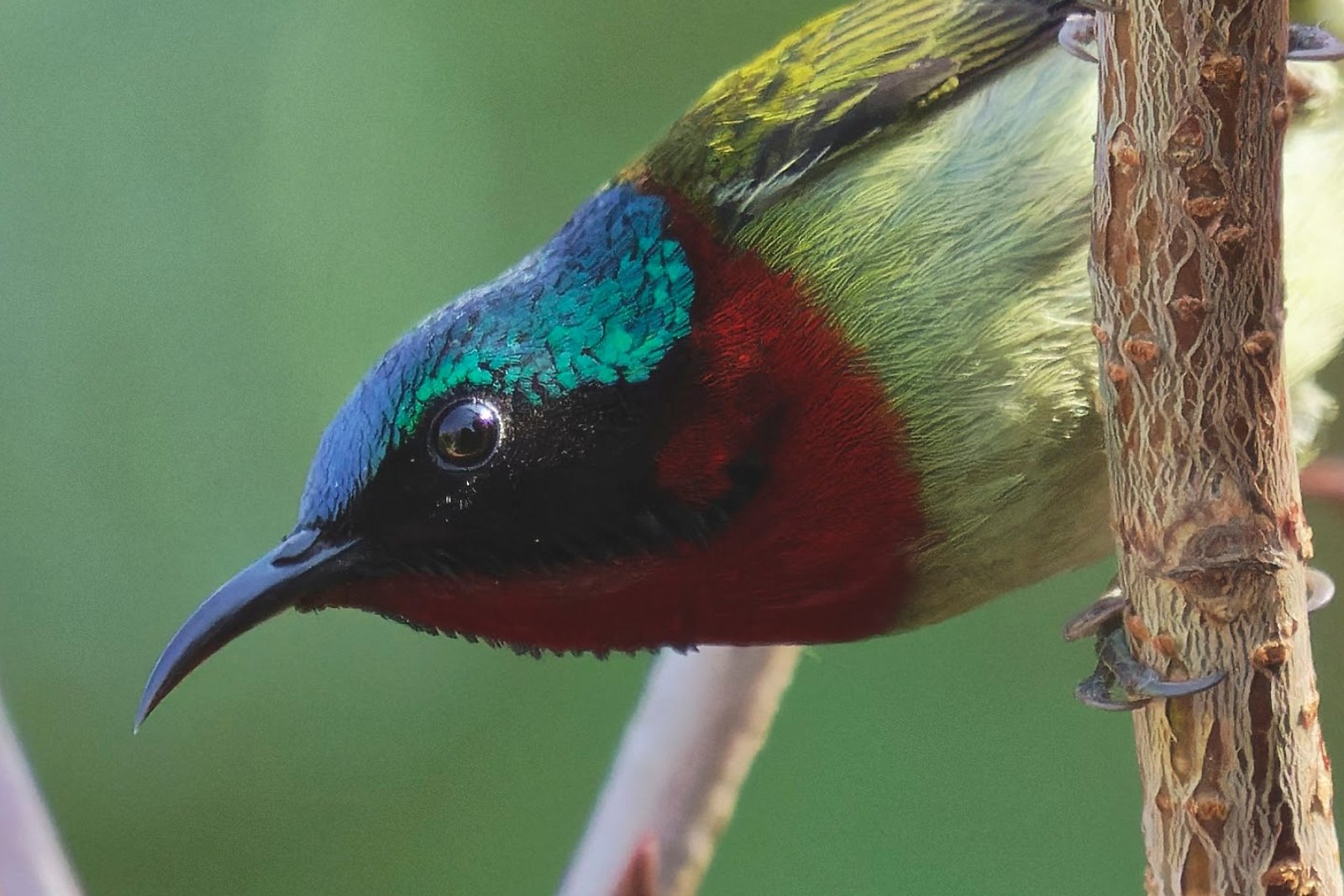
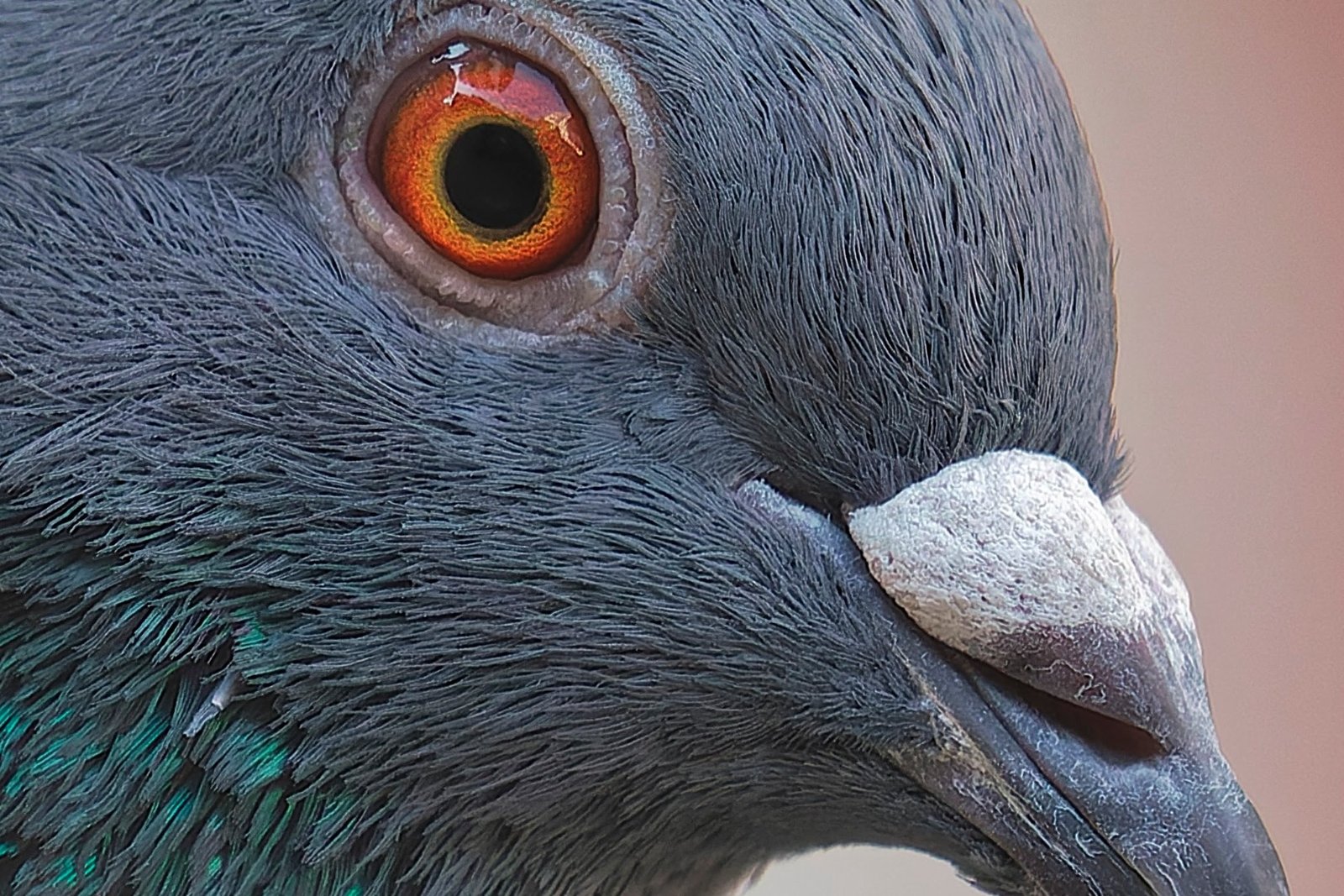
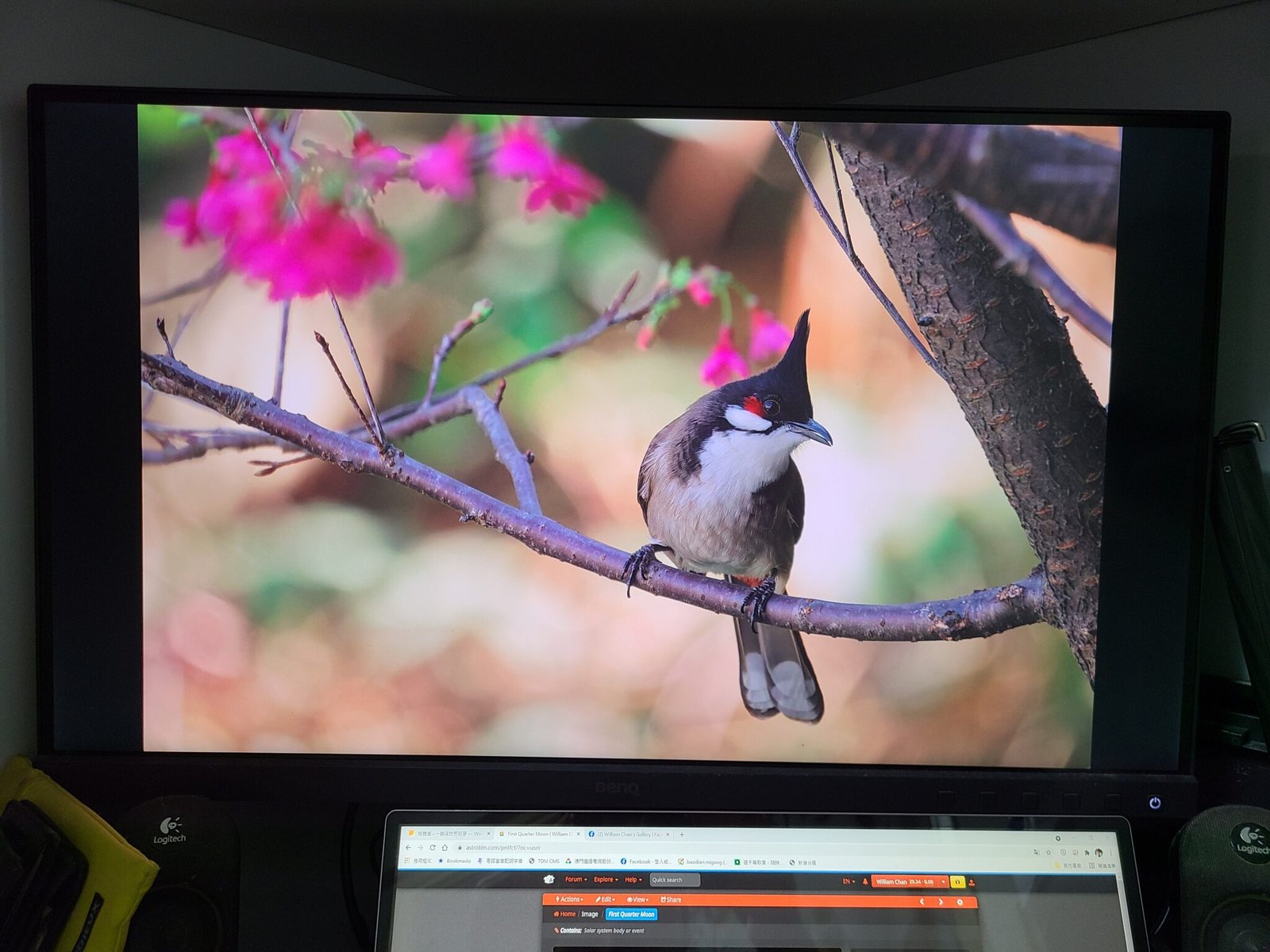
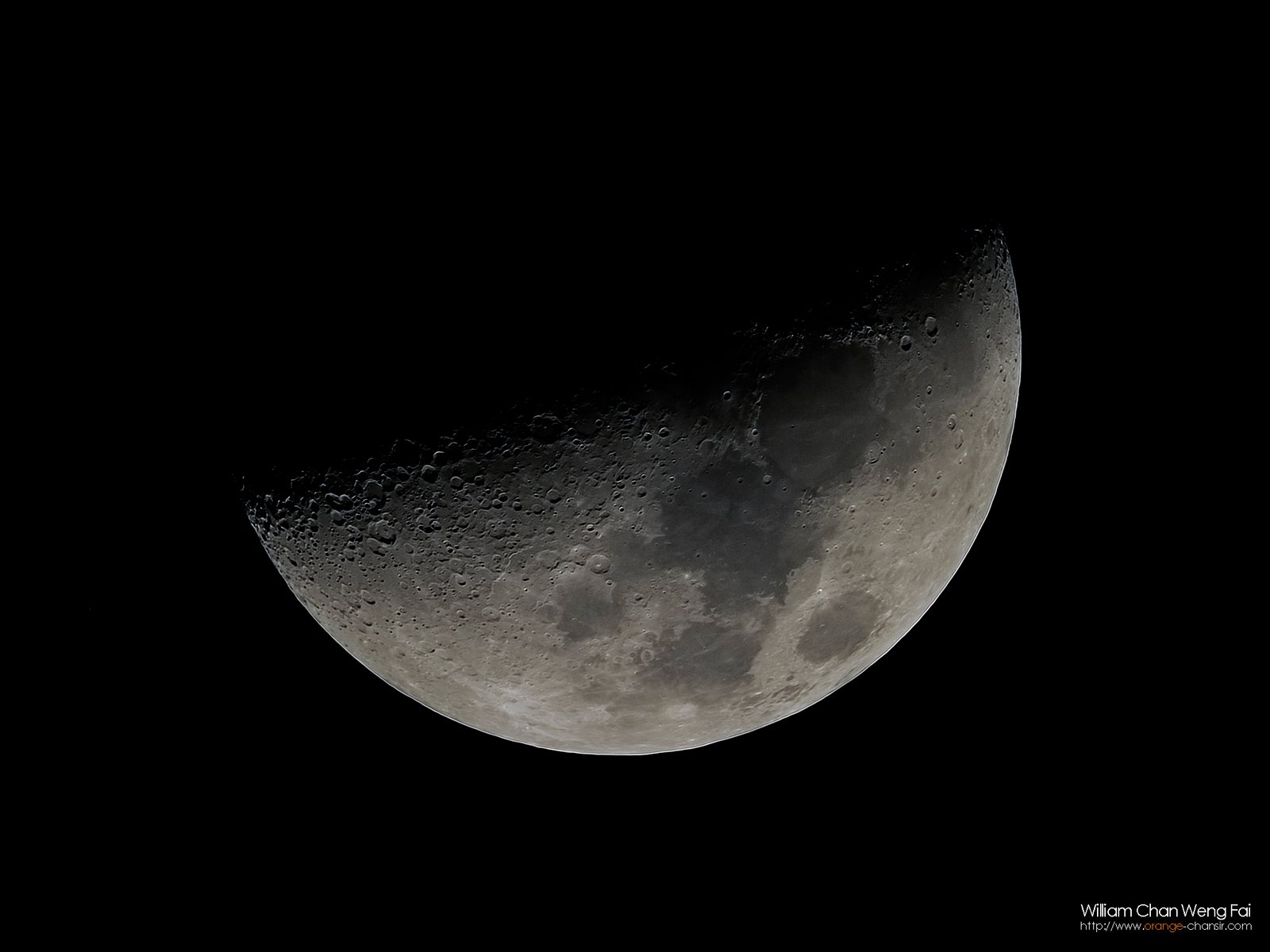
I believe many of you will choose between the mZD 300 PRO and the mZD 100-400. The mZD 100-400, being a non-PRO, is less powerful than a fixed focal length PRO lens, and its focus speed is slower, but compared to the PRO lenses I have used, it is just a little slower.
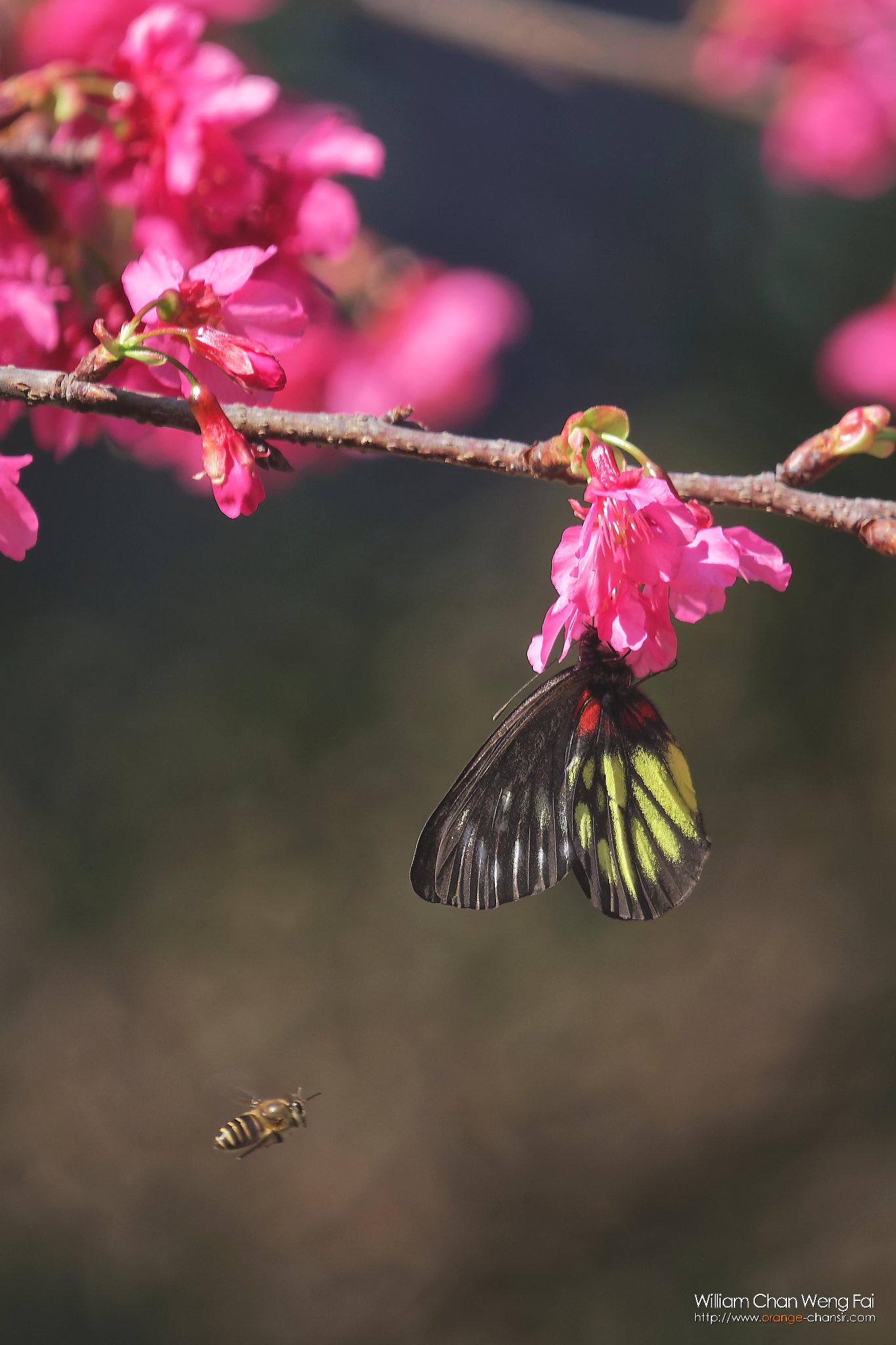
It is also interesting with the compression using a super-telephoto lens in street photography. I always used the tele-end of mZD 12-100 and 400mm (35mm format equivalent 800mm) is even more amazing.

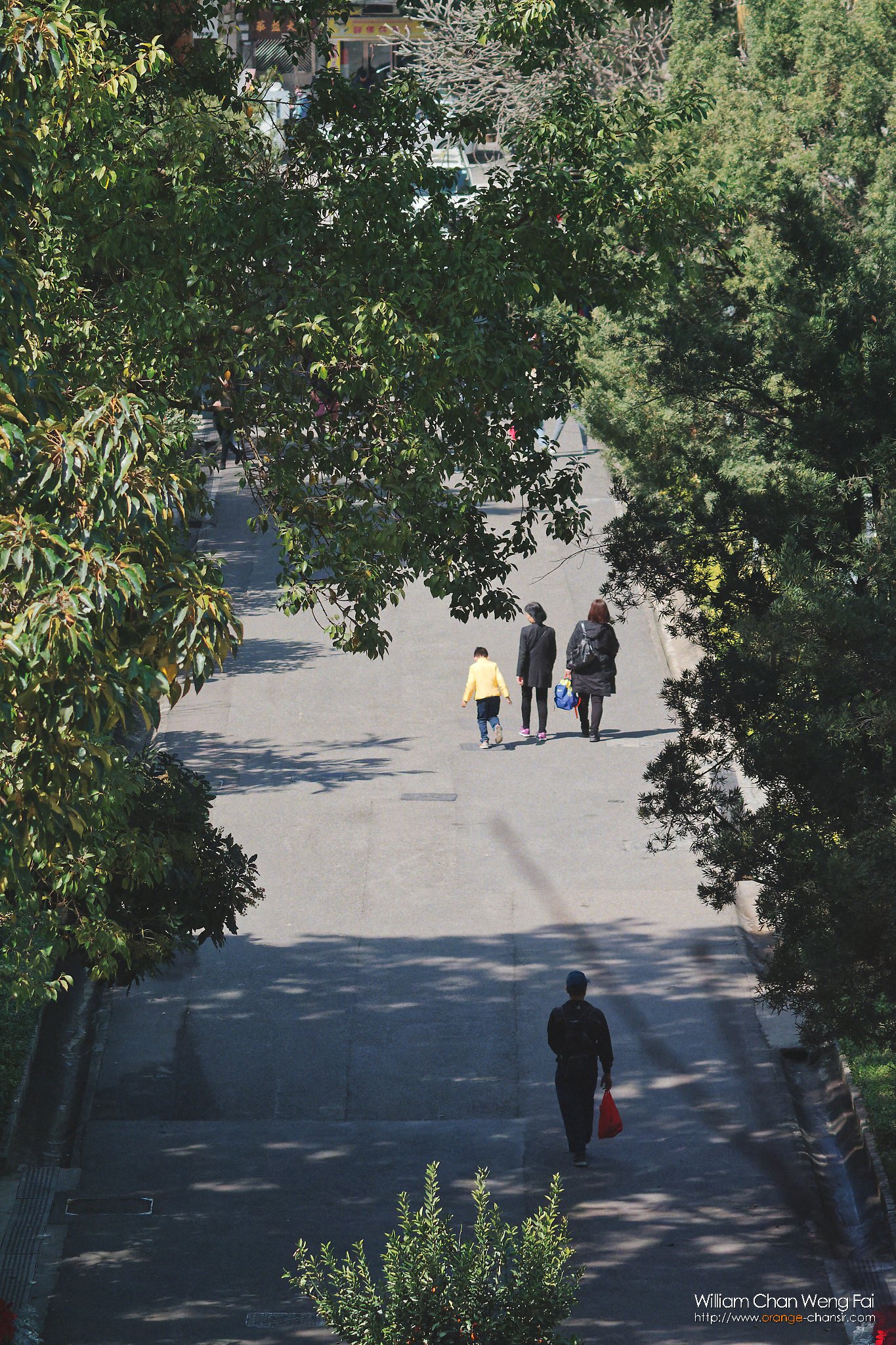
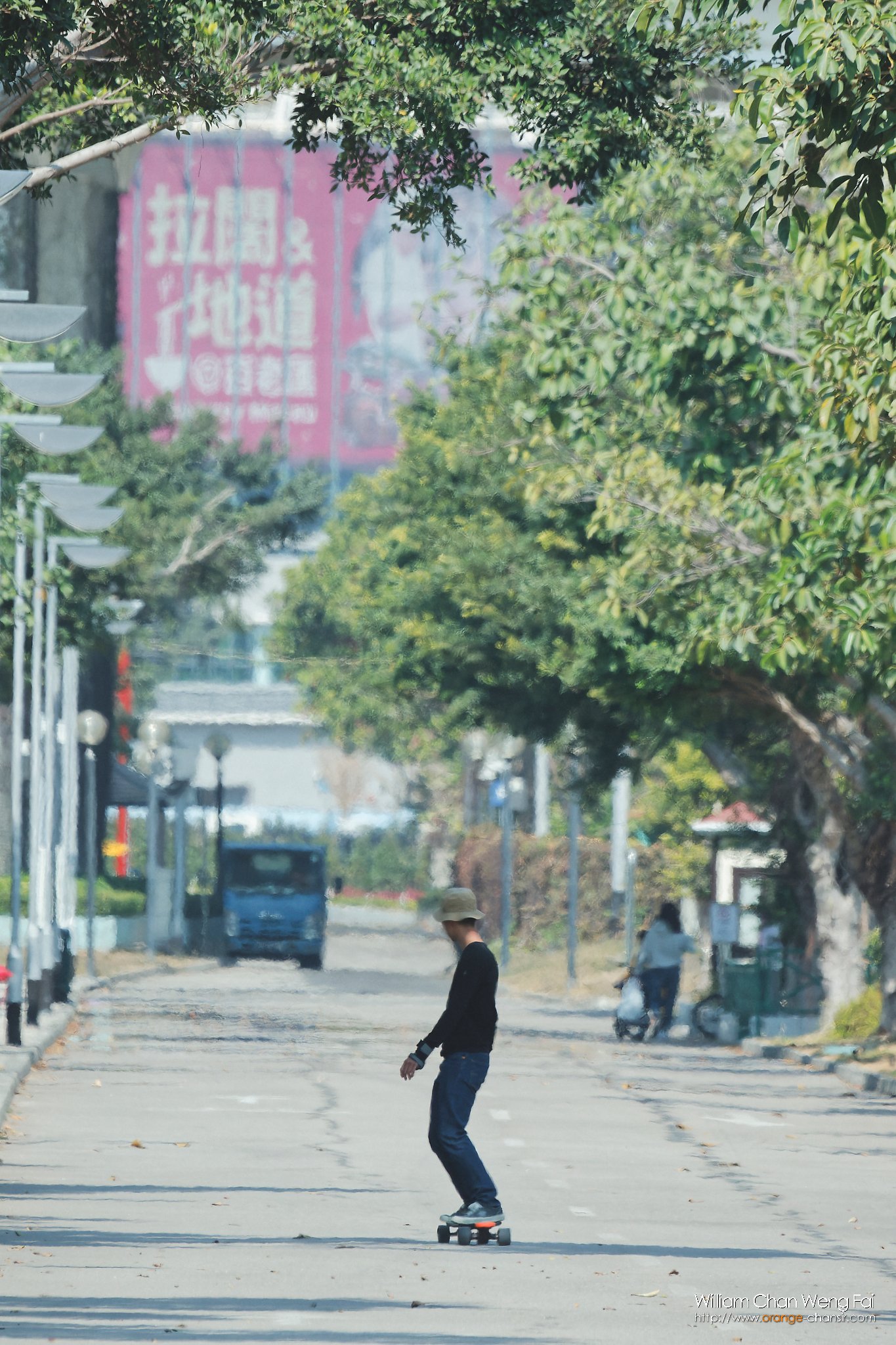
Furthermore, to distinguish the positioning of the product, we cannot enjoy the Sync IS effect with the image stabilization of the camera while using mZD 100-400. However, according to the official statement, the I.S. of the lens still helps stabilize the image for the camera’s one. The effect of image stabilization is quite obvious.
Everything will not be the best, but all of them are enough to use, enough for taking excellent photos.
That’s all I have to say
Nowadays we are getting closer to the equipment that manufacturers defined as “professional”. Perhaps the manufacturers deliberately using professional technology in consumers’ products and as a result, the users feel that they can pursue more. Or maybe the growing economy has made people generally affluent? No matter what, photographers always aim at high-end equipment. However, I think that every person who has been seriously involved in photography for a long time is more or less clear about which equipment they are most suitable for. There are always many criticisms comes from enthusiasts while they are not really the target of the professional products. However, may be it just because they are not the targets.
May be one day mZD 150-400 suit me? Who knows…when will I get rich LOL




Leave a Reply